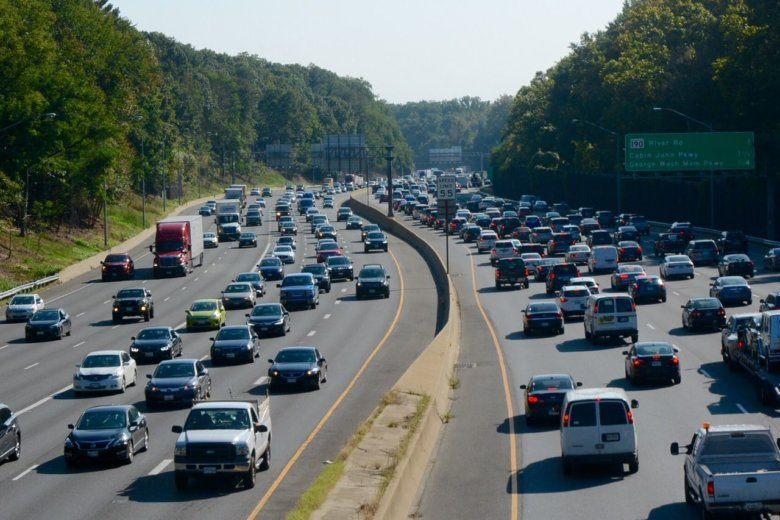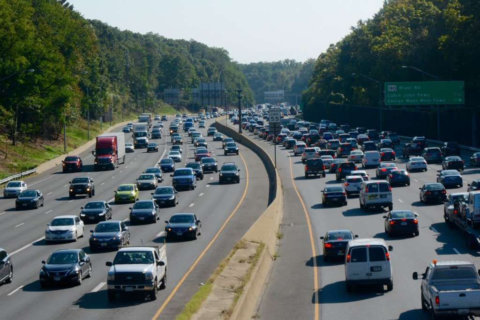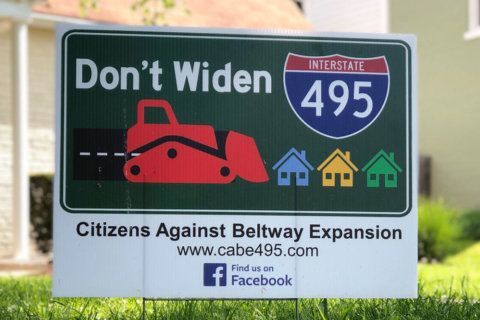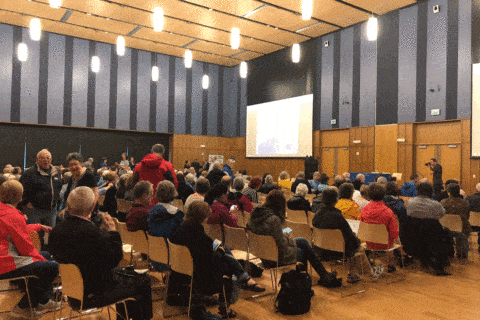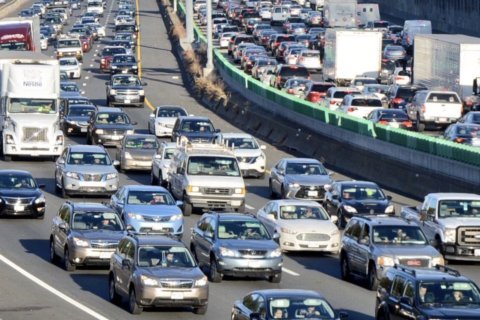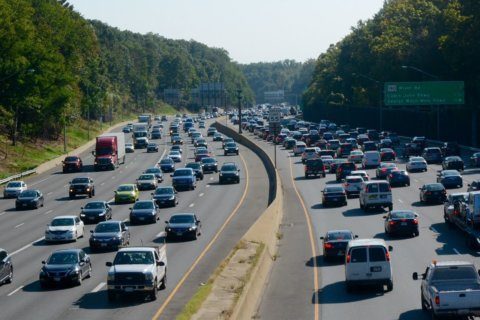
As Maryland moves forward with plans to widen and add toll lanes to Interstate 270 and the Capital Beltway, it appears that the state intends to start with pay-to-drive lanes on I-270 between the Capital Beltway and Interstate 370.
Gov. Larry Hogan proposed the plan in an effort to relieve congestion in what has been labeled “soul-crushing” rush-hour traffic. The state would partner with a private company, which would operate the lanes.
Erin Henson, a spokesperson with the Maryland Department of Transportation, said the lower stretch of I-270 will be the first to bring in a concessionaire fee and shared toll revenue money for the state, followed eventually by the stretch from the American Legion Bridge to I-95.
“The state will use a portion of these funds from the southern section of I-270 for the gap funding needed for the northern section of I-270 from I-370 to I-70,” Henson said in an email to WTOP.
Montgomery County lawmakers have argued that relief will only come if the entire stretch of I-270 from the Beltway to Interstate 70 is addressed from the beginning.
“It’s particularly disappointing that it’s going forward on that portion of 270,” said Tom Hucker, chairman of the transportation committee for the Montgomery County Council.
Hucker said that much of the congestion can be seen on the American Legion Bridge and on the stretch of I-270 which goes from I-370 to Frederick, a stretch where the road goes down to two lanes in each direction.
Hucker said county leaders wanted the entire western corridor from the bridge to Frederick to be the focus of widening projects. Hucker called on expansion of the Capital Beltway from I-270 to Interstate 95 to be deferred, and the shoulder lanes on the stretch of I-495 to be opened to traffic during the rush hours.
Hogan’s No. 1 priority is to replace the American Legion Bridge, but waiting until Phase 2 of the project to do so would allow for more discourse from residents and elected officials, Henson said.
Hucker accused the state of not working with local officials since the announcement of the project, which will have a price tag between $9 billion to $11 billion.
“Here they are, they put together a plan, but they didn’t talk to us when they drew it up. They haven’t taken any of our input for a year and a half now, and it’s still drawn the wrong way,” Hucker said.
Henson said a federal environmental study on the lower portion of I-270 is well underway and would be completed first, followed by a study of up county region of the interstate which is in the preplanning stages.
The state is reworking the information it will send to prospective private partners for the project, Henson said.
The Maryland Board of Public Works — which is made up of Hogan, Comptroller Peter Franchot and Treasurer Nancy Kopp — recently designated the traffic relief plan as a public-private partnership.
The board must approve construction plans as they move forward.

